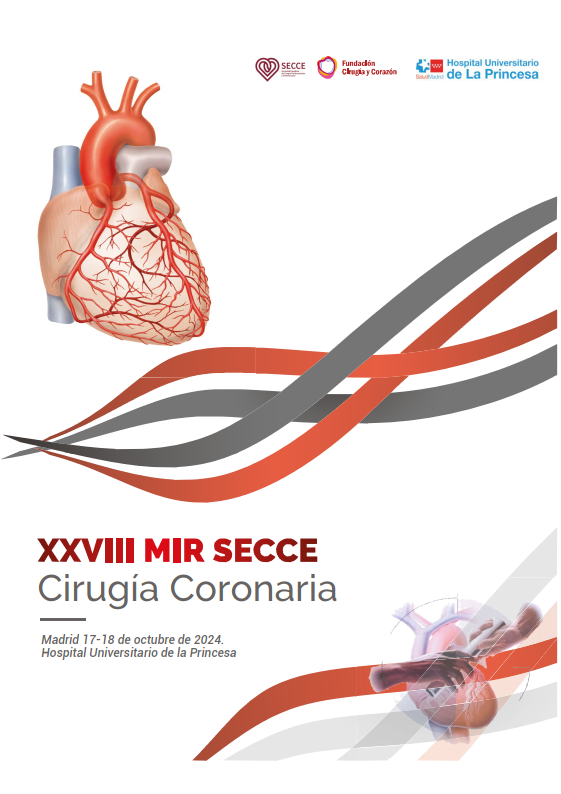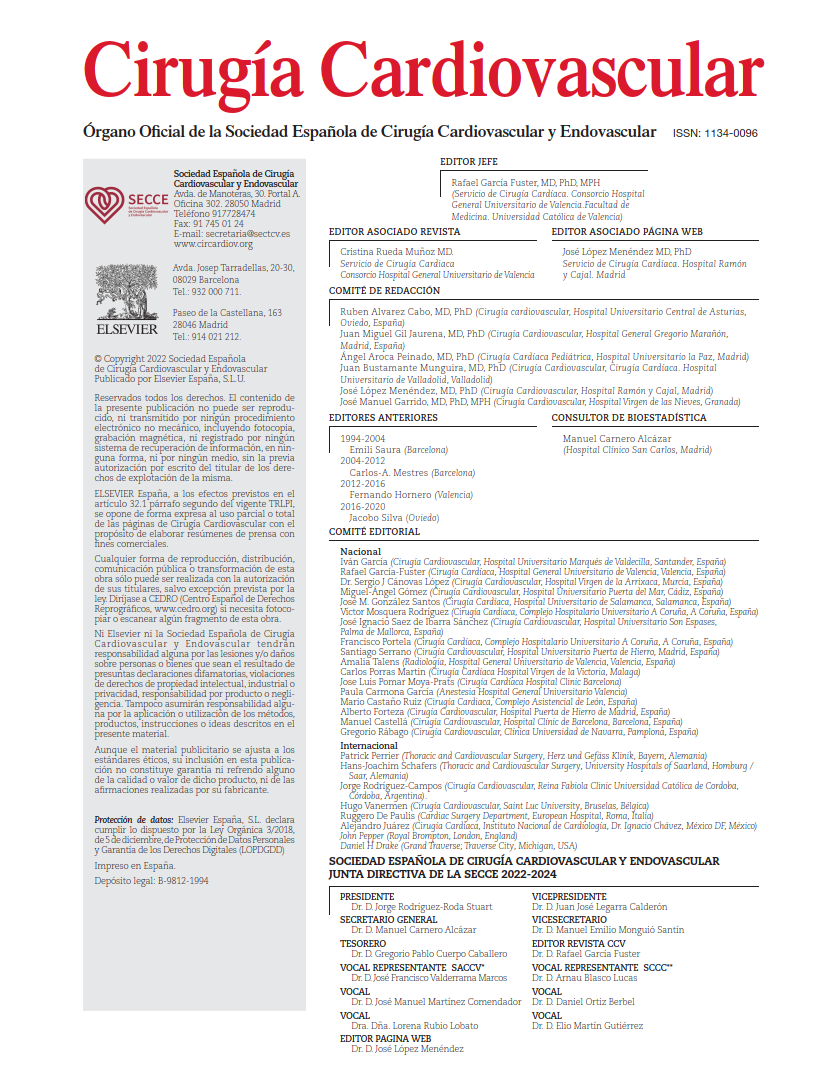Recently, Elon Musk ventured to predict that fully robotic surgery would surpass even the best human surgeons within five years. While this remains far from current reality, interest in robotic platforms is at an all-time high and continues to grow. Robotic surgery is increasingly gaining ground over conventional techniques across surgical disciplines. However, in the field of cardiac surgery, its application remains limited to high-volume centers or specific countries.
Mitral valve repair is the treatment of choice for primary mitral regurgitation, and the procedure has become increasingly reproducible thanks to the standardization of surgical techniques. Robotic mitral repair yields comparable outcomes in experienced centers and offers several advantages. Nonetheless, it has traditionally been associated with higher costs. This study addresses whether robotic-assisted repair could match conventional surgery in terms of efficiency by comparing both outcomes and costs.
Standardization of mitral repair techniques, benchmarking of results, and referral of complex cases to specialized centers have contributed to repair rates exceeding 80%. Robotic-assisted approaches offer technical advantages such as 3D visualization, articulated arm, and avoidance of sternotomy. Still, these clinical benefits must be balanced against added costs, including system acquisition, maintenance, disposable instruments, and potentially longer operative times. Although faster recovery and shorter hospital stays may offset expenses, few studies have directly compared the costs and outcomes of robotic versus conventional mitral repair.
To address this gap, the authors conducted a retrospective cohort study using the Nationwide Readmissions Database (NRD), a U.S. database designed to evaluate healthcare costs and quality. Adults undergoing elective mitral valve repair from 2016 to 2020 were identified, excluding those with rheumatic disease or undergoing concomitant coronary or any other valve surgery. Patients were stratified by approach (robotic-assisted vs conventional via sternotomy or thoracotomy).
Annual institutional mitral repair volumes were calculated and centers divided into tertiles for analysis. The primary endpoint was the association between robotic-assisted repair and in-hospital mortality, costs, and length of stay. Secondary outcomes included postoperative complications (stroke, transfusion, reoperation, pulmonary complications, infection, acute kidney injury), nonhome discharge (to rehabilitation or skilled nursing facilities), and 30- and 90-day readmissions. The study also examined whether institutional surgical volume correlated inversely with procedural costs, regardless of surgical approach.
Among 40,738 patients, 9.8% (4002) underwent robotic-assisted repair. Use of robotic assistance increased steadily from 7.5% in 2016 to 10% in 2020. Demographic characteristics were similar across groups in terms of age (61.3 vs 61.8 years), though robotic cases included fewer women (32.2% vs 37.8%), more privately insured patients (54.9% vs 49.1%), and more individuals from the highest income quartile (38.7% vs 29.7%). Comorbidity burden was lower in the robotic group.
In terms of primary outcomes, in-hospital mortality was similar between groups (0.7% vs 0.8%). Robotic-assisted repair showed lower rates of pulmonary complications (6.1% vs 8.1%), postoperative infections (1.7% vs 3.4%), and acute kidney injury (5.7% vs 8.5%). Stroke, transfusion, reoperation, and readmission rates were comparable. Discharge to a facility was less frequent in the robotic group (2.4% vs 7.3%).
Costs were higher for robotic-assisted repair (mean $53,600 vs $45,200), though it was associated with a shorter median hospital stay (4 days [IQR 3-5] vs 5 days [IQR 4-7]). After risk adjustment, no differences were found in mortality or major complications. Robotic repair remained associated with fewer nonhome discharges and a 1.3-day shorter hospital stay, albeit at an adjusted cost increase of approximately $10,500.
When stratified by institutional volume, costs of both approaches decreased and plateaued as volume increased. In low-volume hospitals, robotic repair was $13,900 more expensive than conventional surgery. However, in high-volume centers, adjusted costs for both approaches were equivalent. Length of stay was comparable in median terms (5 days) but was more variable in lower-volume hospitals, suggesting that institutional experience plays a critical role in cost containment.
COMMENTARY:
This national analysis of mitral valve repair in the United States reveals that robotic-assisted surgery yields comparable short-term outcomes to conventional repair, with the added benefit of reduced hospital stay and lower likelihood of discharge to post-acute care facilities. However, these advantages come at a higher overall cost.
The most significant insight of this study arises from stratifying results by surgical volume. High-volume centers were able to close the cost gap between approaches, achieving similar adjusted expenditures. This finding underscores the importance of institutional experience in optimizing the efficiency of robotic surgery.
While the analysis is limited by the administrative nature of the NRD (lacking granular surgical details and operative times), the large sample and rigorous methodology lend credibility to its conclusions.
In summary, robotic mitral valve repair is a safe and effective alternative to conventional surgery, with advantages in recovery and discharge destination. Although initially more expensive, these costs can be mitigated in high-volume centers, suggesting a potential path toward broader cost-effective implementation.
REFERENCE:
Hadaya J, Chervu NL, Ebrahimian S, Sanaiha Y, Nesbit S, Shemin RJ, et al. Clinical Outcomes and Costs of Robotic-assisted vs Conventional Mitral Valve Repair: A National Analysis. Ann Thorac Surg. 2025 May;119(5):1011-1019. doi: 10.1016/j.athoracsur.2024.11.005.



